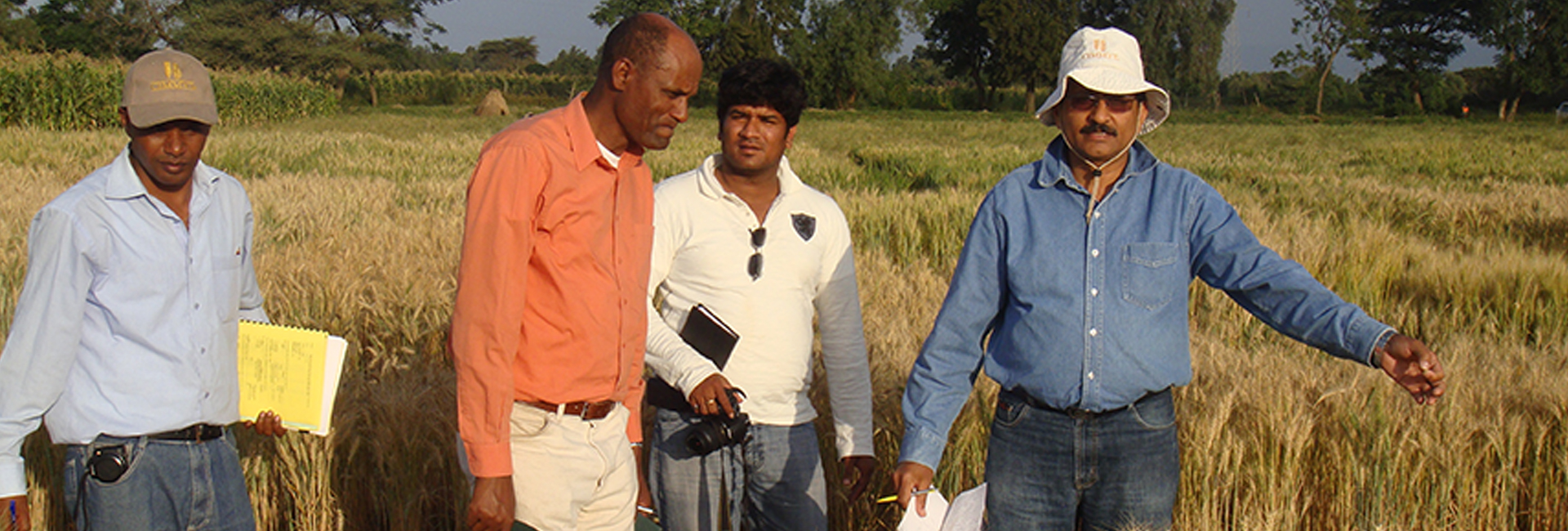(April 27, 2023) “While I am the first Indian to receive the Boltzmann Medal, I am not the first Indian who has done good work in the area of statistical physics,” shares a very humble Dr. Deepak Dhar as he connects with me over a call, adding, “India has produced a number of great statistical physicists, including Dr. SN Bose and Dr. Meghnad Saha. Back then there was no Boltzmann Medal, but they did some really great work. Having said that, I must add that this award has drawn the attention of common people towards all the interesting work that Indian scientists are doing and that I am quite happy about.”
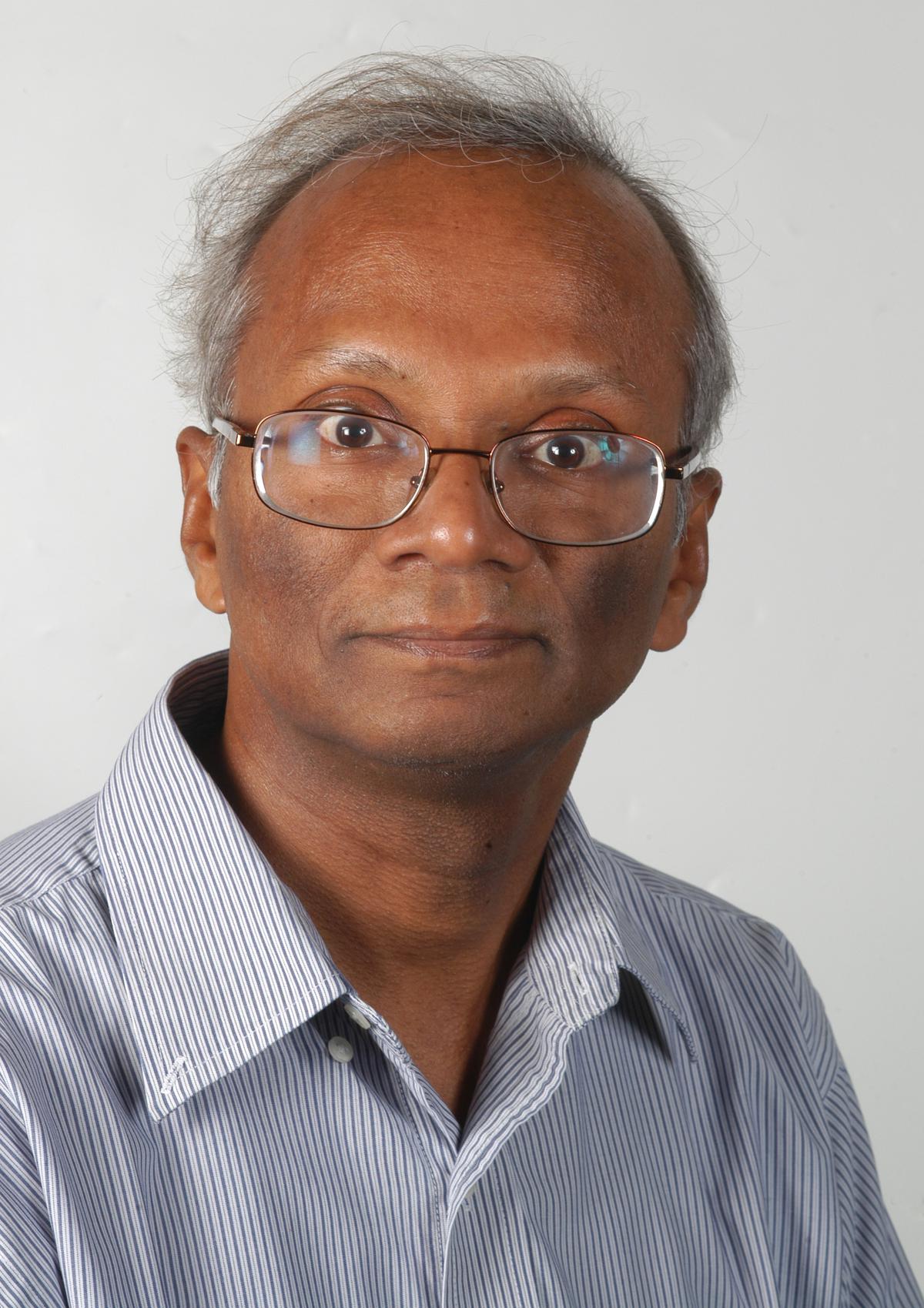
A distinguished Indian physicist, 72-year-old Dr. Dhar has carved a niche for himself in the realm of statistical physics and condensed matter physics. With a career spanning over four decades, he has made several significant contributions to our understanding of nature’s fundamental principles. The first ever Indian physicist to be chosen for the Boltzmann Medal, which is the highest recognition in statistical physics, Dr. Dhar was recently awarded the Padma Bhushan by the Government of India in 2023. “I am honoured to receive this award and very happy to get this recognition. These kinds of rewards and recognition don’t happen to everybody,” shares the Global Indian, who is currently serving as a distinguished Professor Emeritus at the Indian Institute of Science Education and Research (IISER) in Pune.
The world of science
Born in the small town of Uttar Pradesh in the year 1951, Dr. Dhar was a curious child, who was drawn to science and mathematics. With his father working in the state’s judicial service, the physicist shares that he stayed in various parts of UP. “My father was an officer in the government judicial service in Uttar Pradesh. So we used to get transferred from city to city every two or three years. I was born in Pratapgarh and then I moved to various cities in the state, including Moradabad, Agra, Meerut, Bijnaur, and Pilibhit. I used to be a bit scared of going to a new school because I would be a newcomer, among students who knew each other since standard I. But, as I grew older I got more used to it and was able to make several friends. Being good at studies, I would be the top ranker in the class. Being a child from a middle-class family, I didn’t have a very privileged childhood, but I didn’t face many great challenges as well,” he says.
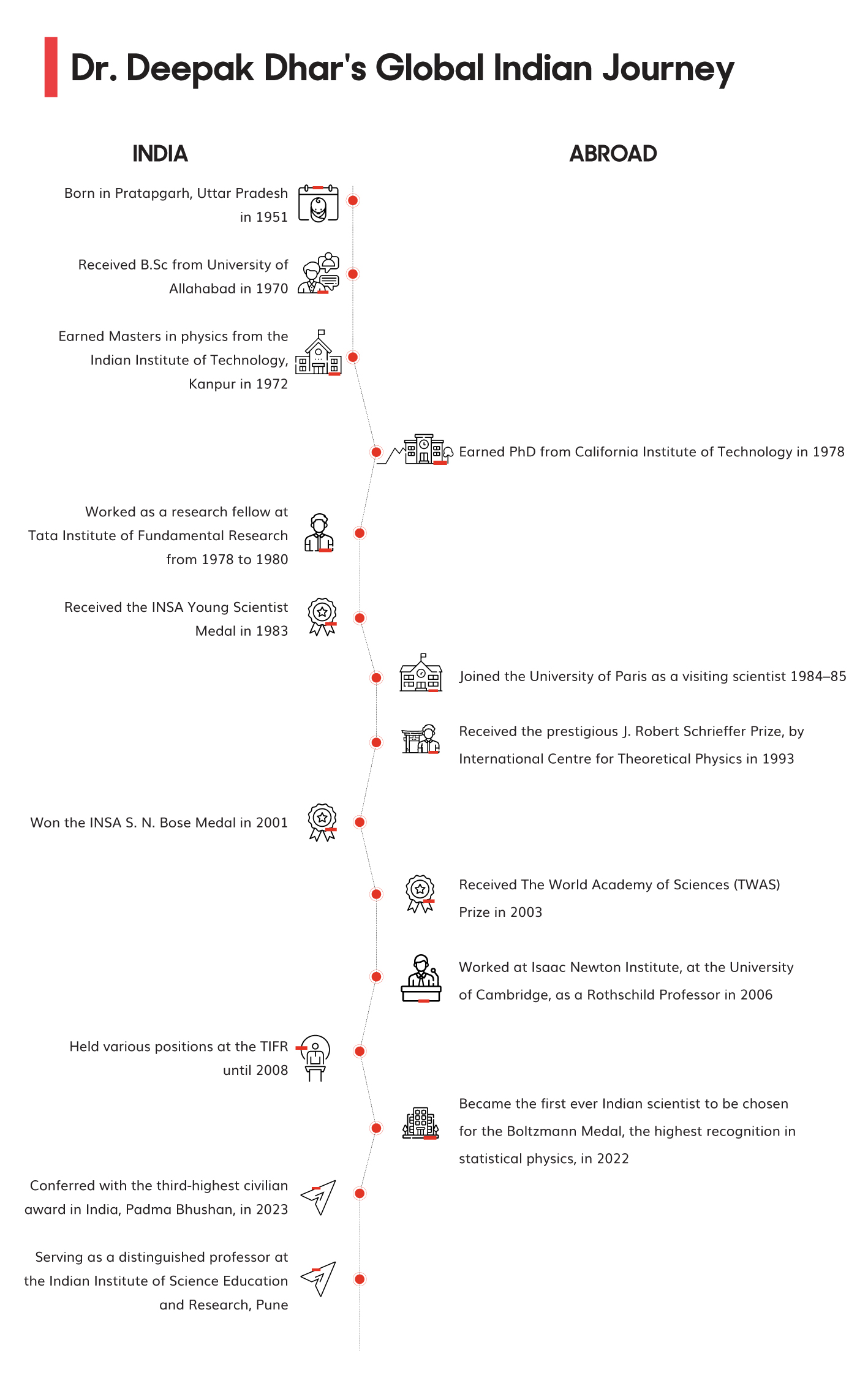
While his mother wanted him to become an IAS officer, the physicist was encouraged by his father to choose a career in science. “My father would bring home some science magazines for me to read. And there was one that I really liked, called, Understanding Science. Initially, I faced some challenges with understanding the content of the magazine, as the book was in English and I was a Hindi-medium student. But eventually, these magazines not only got me more curious to study science, but they also helped me learn English,” he shares, adding, “I also attended summer school at IIT Kanpur, where I was first introduced to the computer punch cards. I found it quite fascinating and wanted to learn more about it. I was also able to meet my peers from across the nation there, which further piqued my interest in pursuing a career in the sciences.
After finishing his school, Dr. Deepak Dhar moved to pursue a B.Sc. at the University of Allahabad. “My father stayed at Sir Sunder Lal Hostel, while he was studying at the University. So, I stayed there too,” shares the physicist, who moved to the Indian Institute of Technology, Kanpur to pursue a master’s degree in physics. “While I was at IIT, several peers of mine were preparing to join various US universities. Of the options that I had, I chose to study at the California Institute of Technology in Pasadena, and I really like my choice,” he says.
A new beginning
Moving from Uttar Pradesh to the United States of America was a big change for the physicist. Looking forward to his classes, meeting new peers, and working on some exciting projects, Dr. Deepak Dhar was impressed with the USA as soon as he first landed there. He shares “Most Indians are brought up with a notion that if you can speak in good English, then you are at the top of the society. I studied in a Hindi-medium school, so coming to America and seeing that everyone – including the janitors – would converse in English was quite impressive for me.”
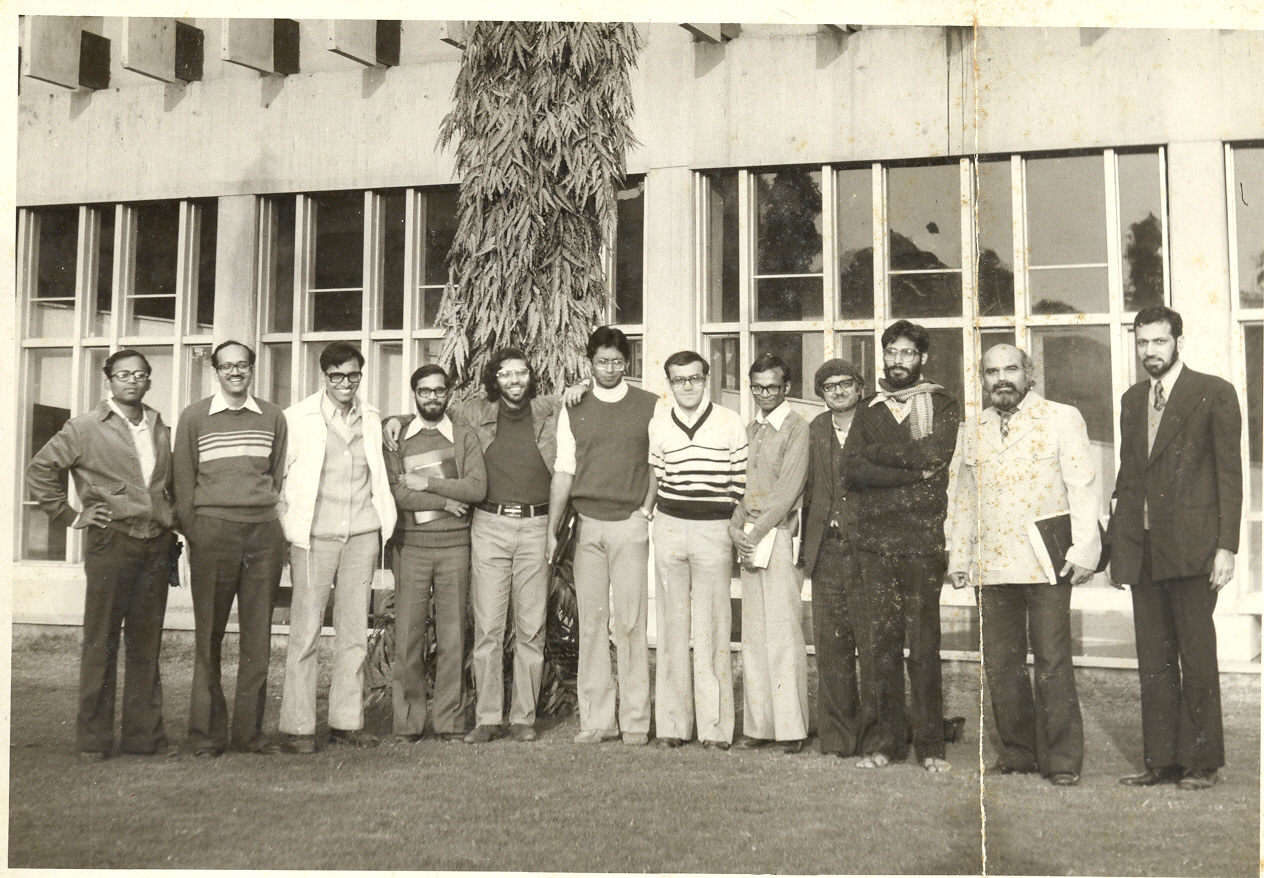
Dr. Dhar (sixth from right) with his peers at Roorkee, 1980
Soon after starting his Ph.D. course, the physicist enrolled for his doctoral studies under the guidance of renowned scientist, Jon Mathews. But there was another scientist, who made a deep impact on Dr. Deepak Dhar and his journey. “I got to attend a lecture by Dr. Richard Phillips Feynman, who received the Nobel Prize in Physics in 1965 for his contributions to the development of quantum electrodynamics. That was a life-changing experience for me. So when I started my second year at the college, I put in my name to be his teaching assistant. Once when I was grading an assignment he walked up to me to see how I was checking the papers. He advised that rather than marking each question, I should give a final grading so that even students who are pretty good will be able to know that they can do a bit better. And I have carried that with me to date,” shares the physicist.
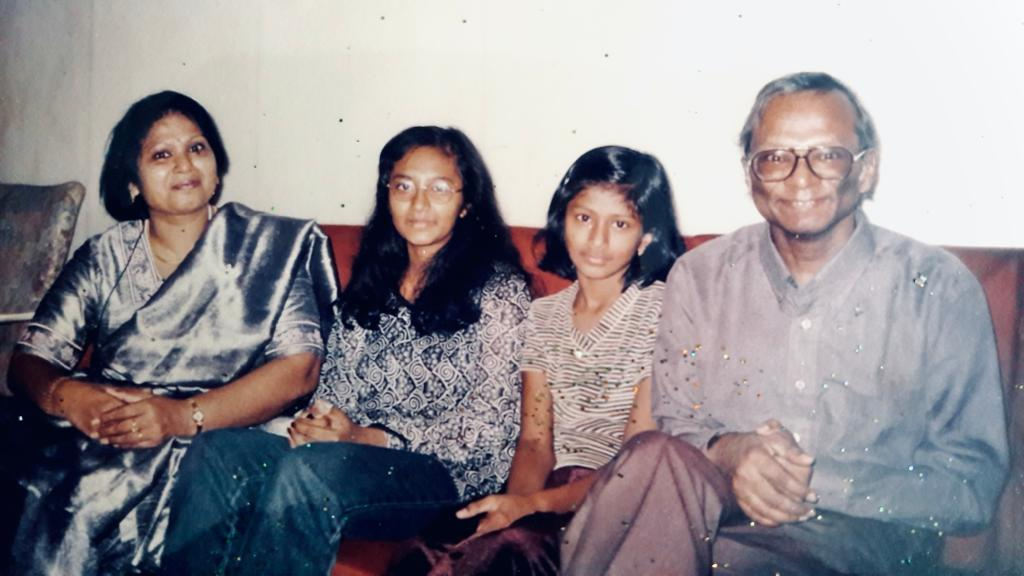
Dr. Dhar with his family
But, his stay at Caltech wasn’t all about academics. The physicist, who made some great friends there, shares that he also had a lot of fun during his time at the University. “Being a north Indian, I was quite fond of the mountains. To my delight, every morning when I opened my room’s window I could see the California mountains. I and my friends would go for a drive in the evenings until we found a good restaurant and spend some time there. I had a good time there,” shares the physicist.
Back to the homeland
Though several scholars who move to the US for studying, continue to work there, this physicist chose to come back to the country soon after finishing his Ph.D. He started his career as a research fellow at Tata Institute of Fundamental Research (TIFR), Mumbai in 1978, and remained there until his superannuation in 2016. “I remember reading a book about Madame Curie’s life, which inspired me to take up academics. I wanted to pass on the knowledge that I had acquired through the years and see a younger generation make the best of it. But, having said that, I should add that it is quite a fulfilling job to arm young scientists with knowledge,” shares the physicist.
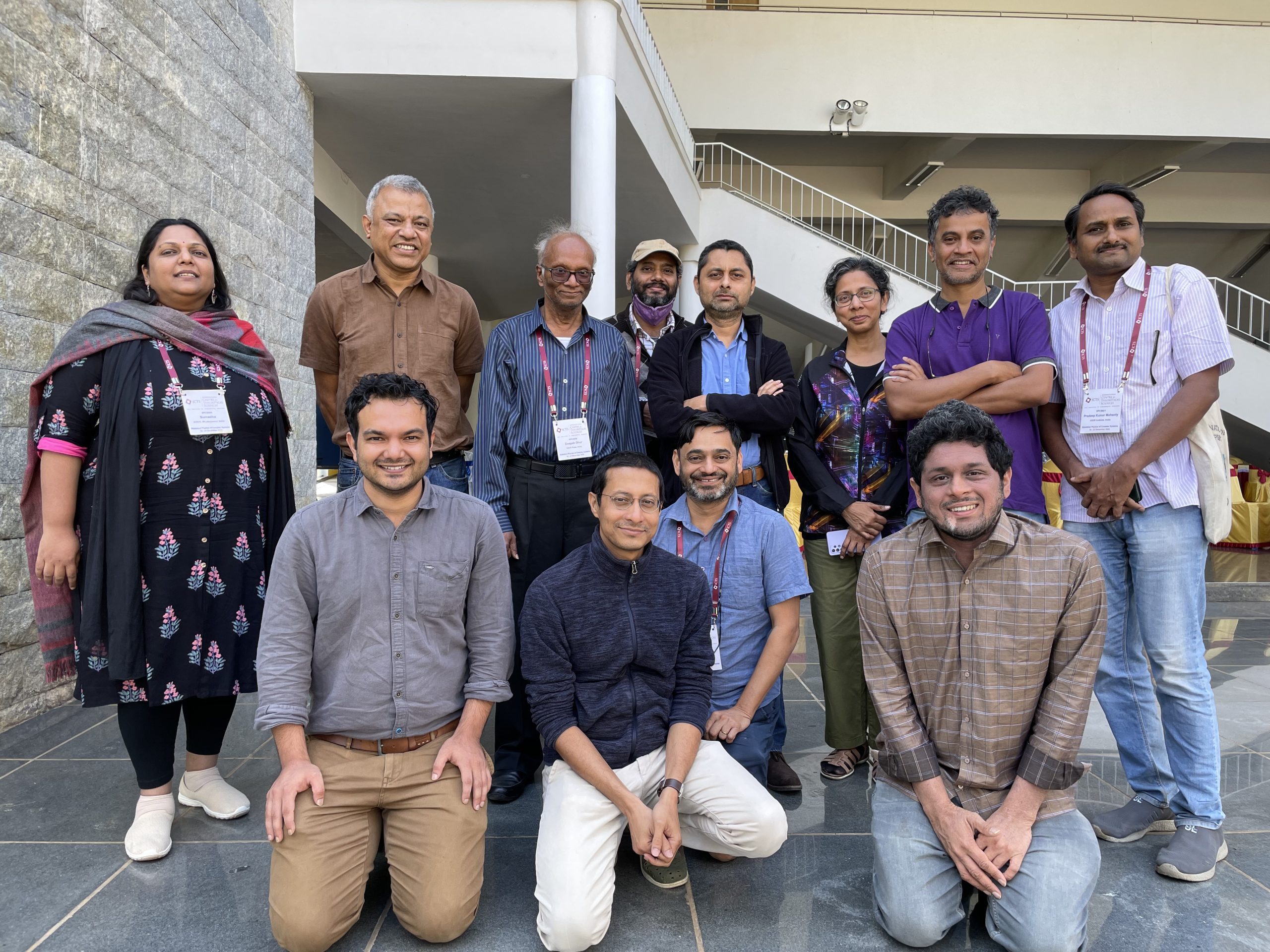
Dr. Deepak Dhar with other scholars at a recent conference at ICTS, Bengaluru
In a career spanning about forty-five years, Dr. Deepak Dhar has worked on the statistical mechanics and kinetics of random lattices, and his work has widened human understanding of the disciplines. Credited with the introduction of the spectral dimension concept in the studies of fractals and contributed to developing a methodology for determining their critical phenomena using real-space renormalisation group techniques, the physicist shares, “The main focus of my work is aimed at getting better theoretical understanding, and not so much towards applications. There is one work on electroporation that I was involved in with Sukhendu Dev, that does find application in actual clinical practice for drug delivery in the treatment of some types of cancer. My role in this work was to find approximate formulas for the electric field for different electrode geometries, which was useful in optimizing the design. This paper continues to be cited.”
Continuing to pass on his knowledge to the new generation, the physicist shares that despite the field’s difficulties, he would still choose to study physics even if he could go back in time. “Science is a very exciting journey and it keeps giving you its rewards. Even if these rewards were not there, one feels very happy to work in science. There are enough rewards for the fact that you realise that your work has some worth. These kinds of recognitions are incidental and they are not the reason that we do research,” shares the physicist as he signs off.




